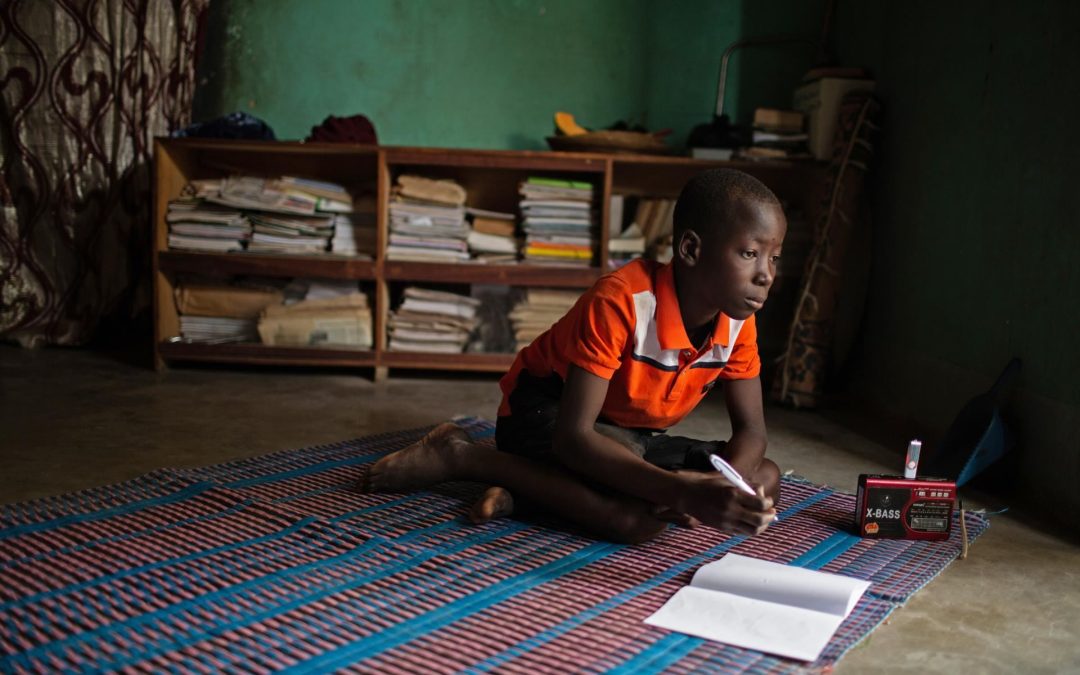
“Education Cannot Wait”
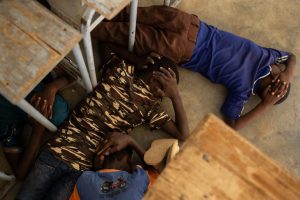 Hussaini, 14, is one of the lucky ones. He escaped. In 2018, as terrorism by extremist groups crossed into Burkina Faso, his village was attacked while he was in school. First, he heard screaming, and then gunfire. “They shot at our teachers and killed one of them,” he says. “They burned down the classrooms.” Hussaini ran home and within a matter of minutes, his family set off. They left everything behind, including school. Since that day, Hussaini has not set foot in a classroom. “I used to love school, to read, to count and to play during recess,” he says. “It’s been a year since I last went…”
Hussaini, 14, is one of the lucky ones. He escaped. In 2018, as terrorism by extremist groups crossed into Burkina Faso, his village was attacked while he was in school. First, he heard screaming, and then gunfire. “They shot at our teachers and killed one of them,” he says. “They burned down the classrooms.” Hussaini ran home and within a matter of minutes, his family set off. They left everything behind, including school. Since that day, Hussaini has not set foot in a classroom. “I used to love school, to read, to count and to play during recess,” he says. “It’s been a year since I last went…”
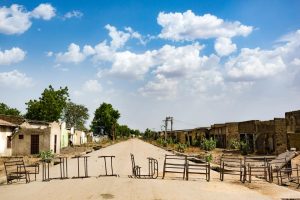
From the end of 2017 to 2019, the number of schools forced to close due to rising insecurity tripled. More than 9,200 schools closed across Burkina Faso, Cameroon, and others, leaving 1.9 million children without education. These children face a much higher risk of recruitment by armed groups, gender-based violence and targeting by traffickers. Most parents in Africa will tell you that their children’s education is the most important investment they can make.
Trouble Cycle
Education is the UN’s top priority because it is a basic human right and the foundation on which to build peace and drive sustainable development. Unfortunately, lack of education for the young generation remains highly present in the world.
The problem is a cycle: lack of education results in high child labor and low literacy rate thus increasing the world’s problems such as crimes. And in its turn, terrorism decreases education opportunities. Hussaini is among millions of other children that were deprived from quality education and had high chances to be part of child labor.
Evidence
Poor basic education can be identified by high child employment rate. So, what are the target continent and countries?
The map shows that the Average Child Employment Rates (ages 7-14) is highest in Africa.
Having a deeper look, Cameroon ranks first for having the highest average child employment rate of 52.7% for years 2006-2015, followed by Niger, Benin, and Burkina Faso.
Referring to the UN’s Sustainable Development Goal number 4:

- What if kids will get exposed to education in early stage?
- Can we influence their perception?
Fulfilling the Dream
Education cannot wait, and our world had enough. It is time to increase the number of education programs targeting young generation, and specifically African countries as previously mentioned, with Cameroon being a major target.
 Creating education programs would:
Creating education programs would:
- Have education camps with volunteering and non volunteering teachers all around the world
- Use workshops and fun trainings to later voluntarily engage kids
- Involve underdeveloped countries in globalization
- Introduce the diversity of cultures
- Work on making education a need and will for every kid and parent- representing a lasting impact environment
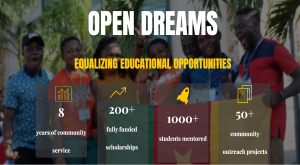
Many past programs were successfully implemented in Cameroon such as Open Dreams, which already funded more than 200 scholarships and mentored more than 1000 students.
Is it Time?
Targeting Cameroon, and implementing it as a first stage project, would be a start to then expand into other countries.
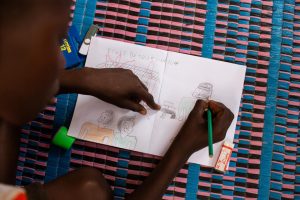 Finally, from another perspective, how about looking at equalizing educational opportunities as a solution to many other issues? and working on SDG 4 for quality education will strongly and positively affect other goals such as ending poverty and hunger?
Finally, from another perspective, how about looking at equalizing educational opportunities as a solution to many other issues? and working on SDG 4 for quality education will strongly and positively affect other goals such as ending poverty and hunger?